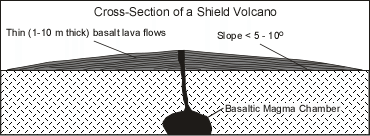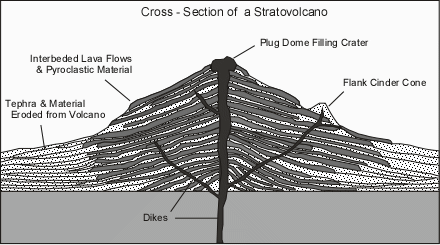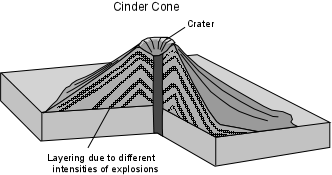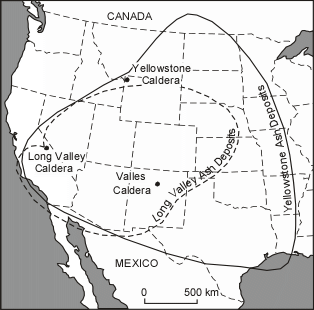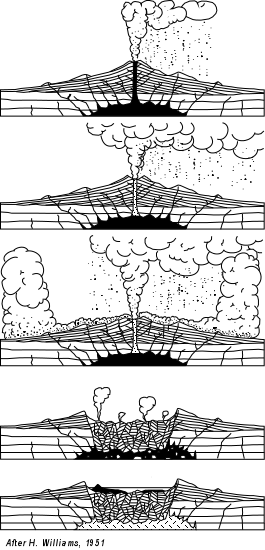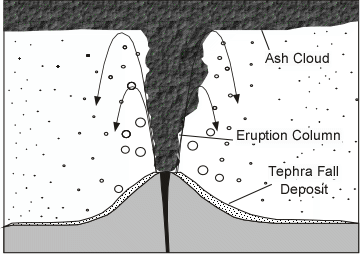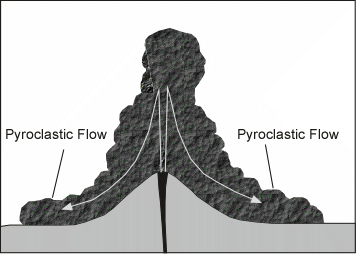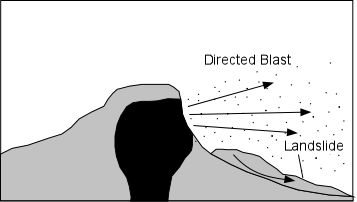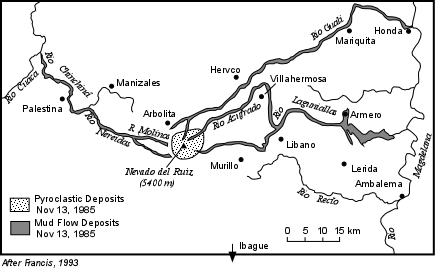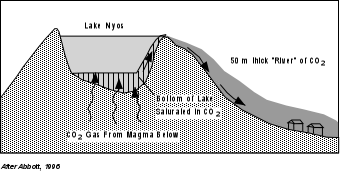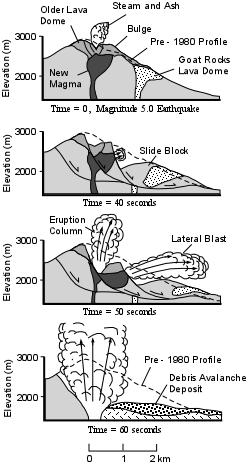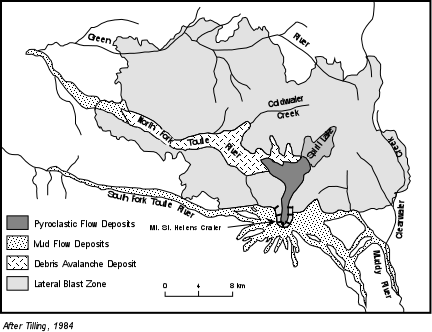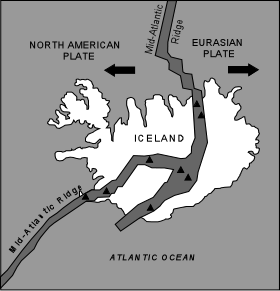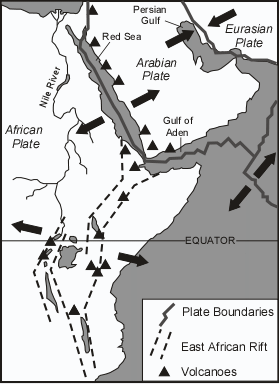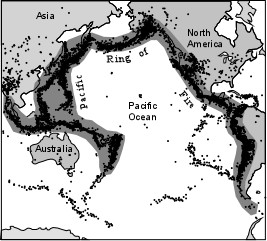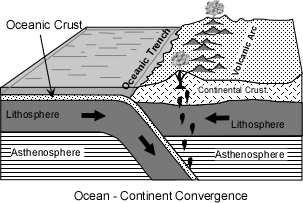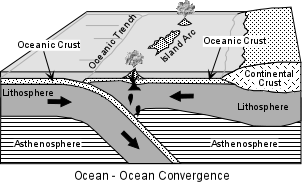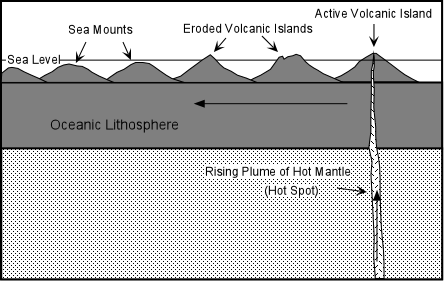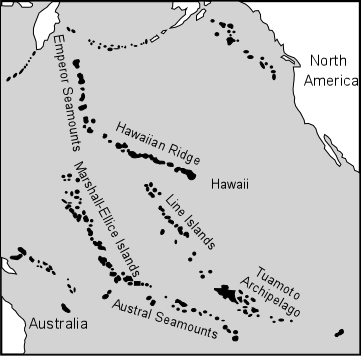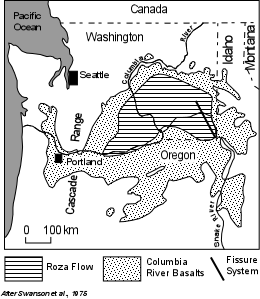The surface of volcanic domes are generally very rough, with numerous spines that have been pushed up by the magma from below.
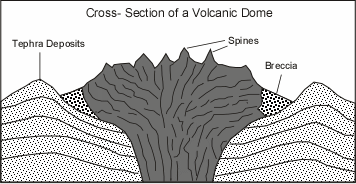
Pyroclastic Material
If the magma has high gas content and high viscosity, the gas will expand in an explosive fashion and break the liquid into clots that fly through the air and cool along their path through the atmosphere. Alternatively it blast out solid pieces of rock that once formed the volcanic edifice. All of these fragments are referred to as Pyroclasts = hot, broken fragments. Loose assemblages of pyroclasts called tephra. Depending on size,
tephra can be classified as bombs. blocks, lapilli, or ash.
